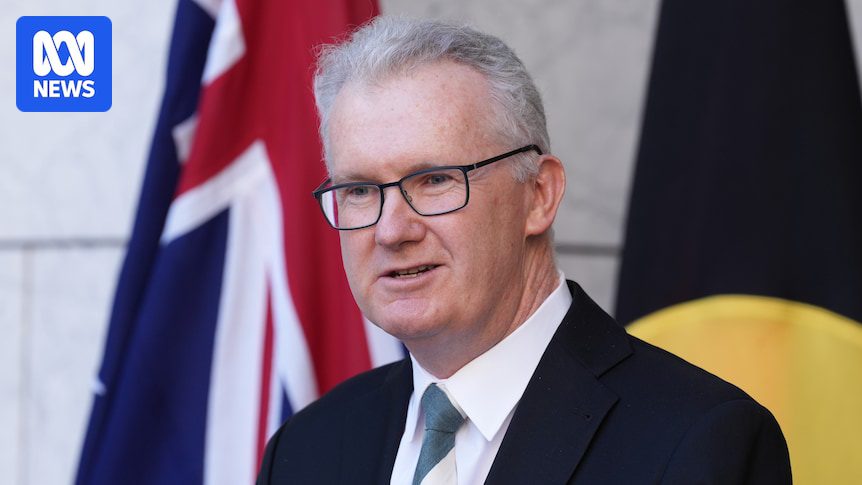Outrage as Albo’s government accused of hiding migration figures

Recent Controversy Over Immigration Data in Australia
There’s been quite a stir in Australia regarding the country’s immigration statistics, particularly as the Albanese government is being accused of trying to limit discussions on this topic. It all began when the Australian Bureau of Statistics (ABS) raised objections to how media outlets and economists are interpreting these figures.
Conflicting Views on Immigration Numbers
Prominent economists, like Leith van Onselen and Daniel Wild, have been using preliminary monthly data to highlight the significant number of foreigners arriving in Australia recently. This includes both skilled migrants and international students.
However, the ABS sent emails to several journalists and economists asking them to stop referencing these monthly statistics as an accurate representation of migration levels. In their view, these figures should not be seen as an official count of overseas migration.
Concerns of Political Interference
Van Onselen, a former Treasury analyst, claimed that the ABS appears to be politicised. He responded directly to the ABS, asking for clarification on where he had “misled” the public and questioning the motives behind their request.
In a particularly unusual turn, the ABS stated that overseas arrivals and departures data should not be used as indicators of migration levels. This has raised eyebrows, especially since the Treasury’s Centre for Population still uses these same figures as early indicators of future migration flows.
Why Monthly Data is Important
The reason economists refer to these monthly figures is simple: it takes about four months for the more thorough quarterly population data to be released. The monthly data gives a timely glimpse into how many people are coming to Australia, and it’s based on what travellers declare upon arrival.
For example, last financial year, the monthly data indicated that 457,560 people moved to Australia, which is a notable increase compared to forecasts from earlier budgets. This surge could significantly impact the current housing crisis in Australia.
Accuracy and Count Issues
The ABS has argued that these numbers can be misleading. For instance, an international student living in Australia is considered a long-term arrival. However, they could be counted more than once if they travel in and out, potentially inflating arrival figures. This means a person on a temporary visa might be recorded repeatedly, despite having only moved to Australia once.
Debate on Migration Policy
Wild, from the Institute of Public Affairs, believes the government seems to be trying to suppress debate about its immigration policies. He expressed confusion over why the ABS would raise issues with how data is used when they themselves publish the figures.
Despite the recent controversy, the ABS has chosen not to comment on whether there is any political interference involved. The latest figures show net overseas migration at about 340,800, which differs from the monthly data indicating significantly higher numbers of arrivals.
Looking Forward
As the ABS continues to grapple with how their data is perceived and utilised, it’s essential for those looking to move to Australia to remain informed about migration figures and policies. Understanding these numbers can impact your decisions about job opportunities and visa applications.
For many international job seekers exploring visa sponsorship or permanent residency options, staying updated on these discussions can provide crucial insights into the current climate in Australia.
What do you think?
Have a question about this topic or your own plans to move to Australia or New Zealand? Scroll down and leave a comment. We’d love to hear from you.
Thinking about moving to Australia?
Join our free and supportive community at Oz Visa Forum.
Post in our forums to get advice and support from people who’ve already made the move.
Not sure where to start? Click here to get started







Responses